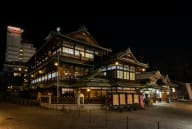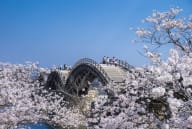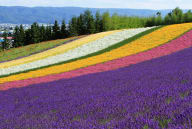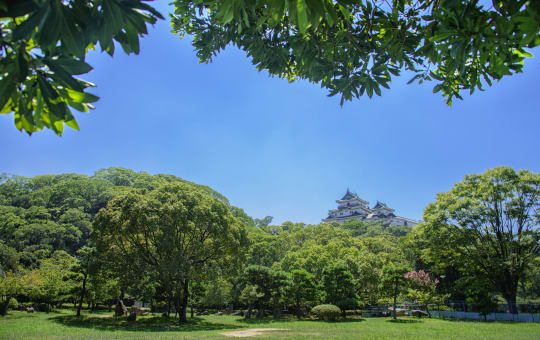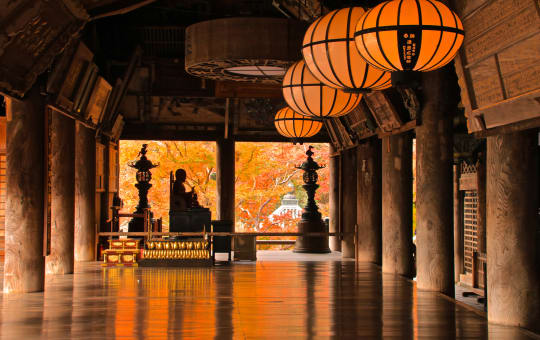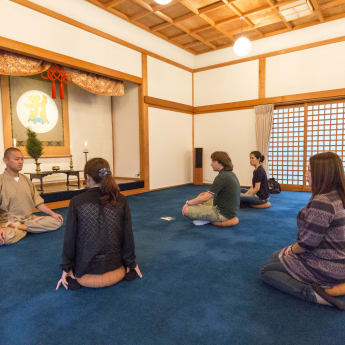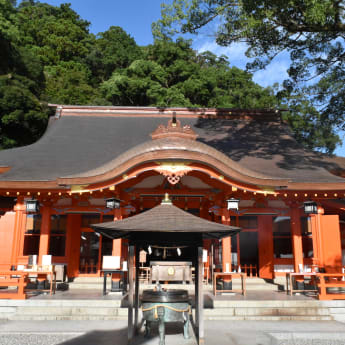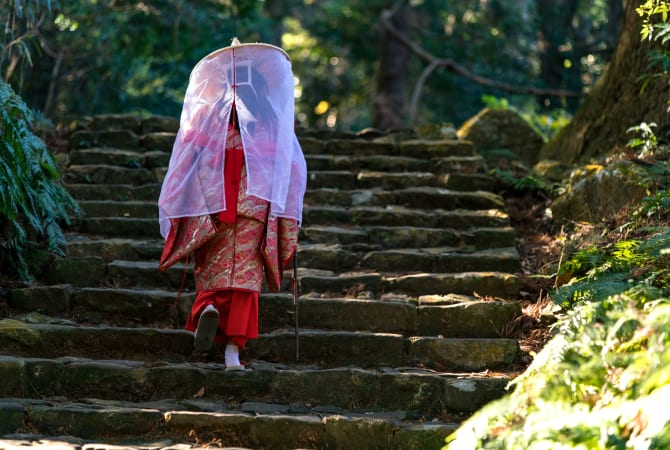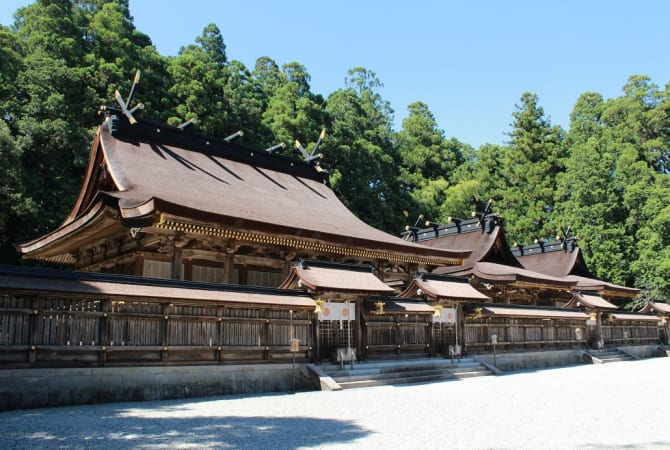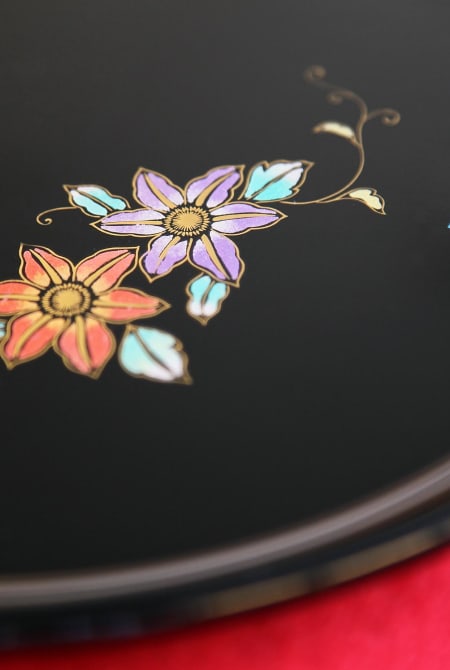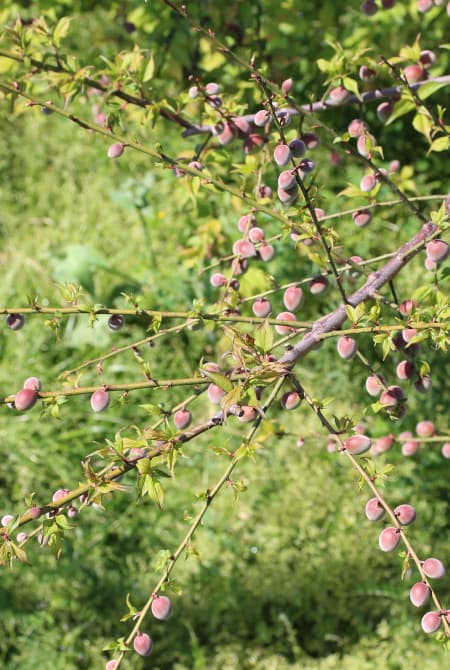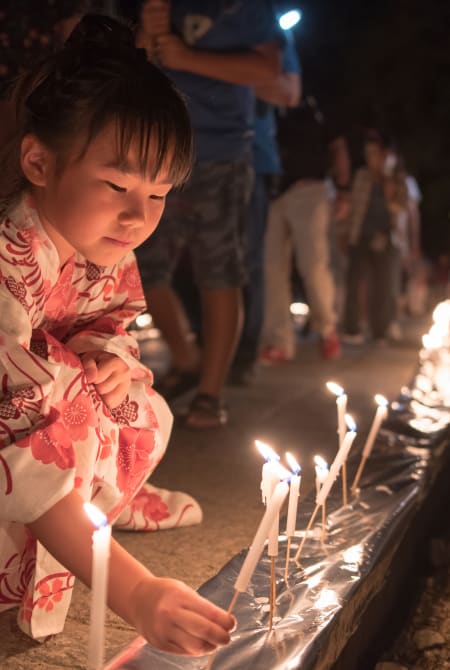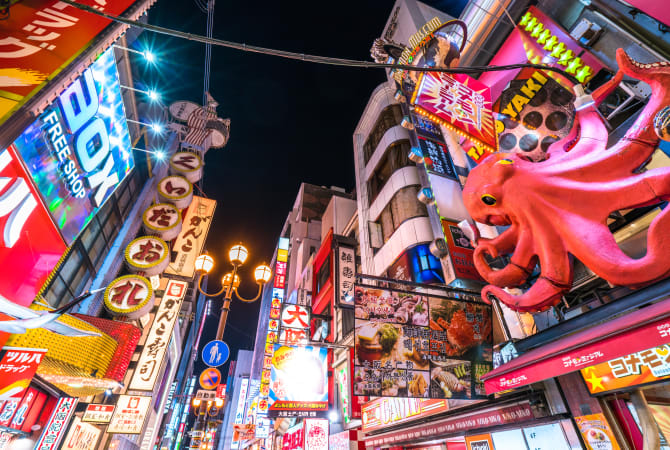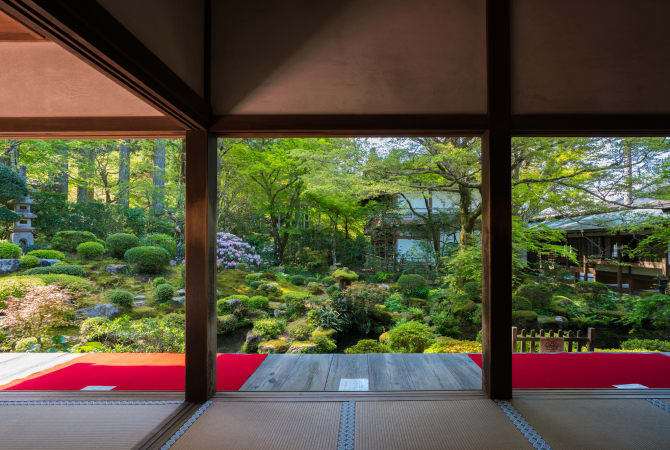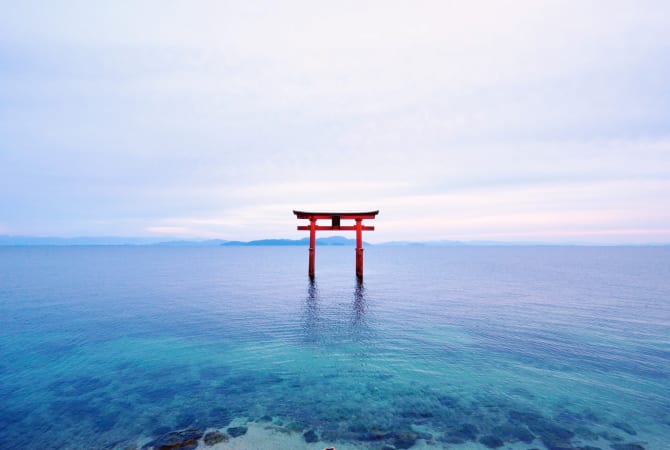
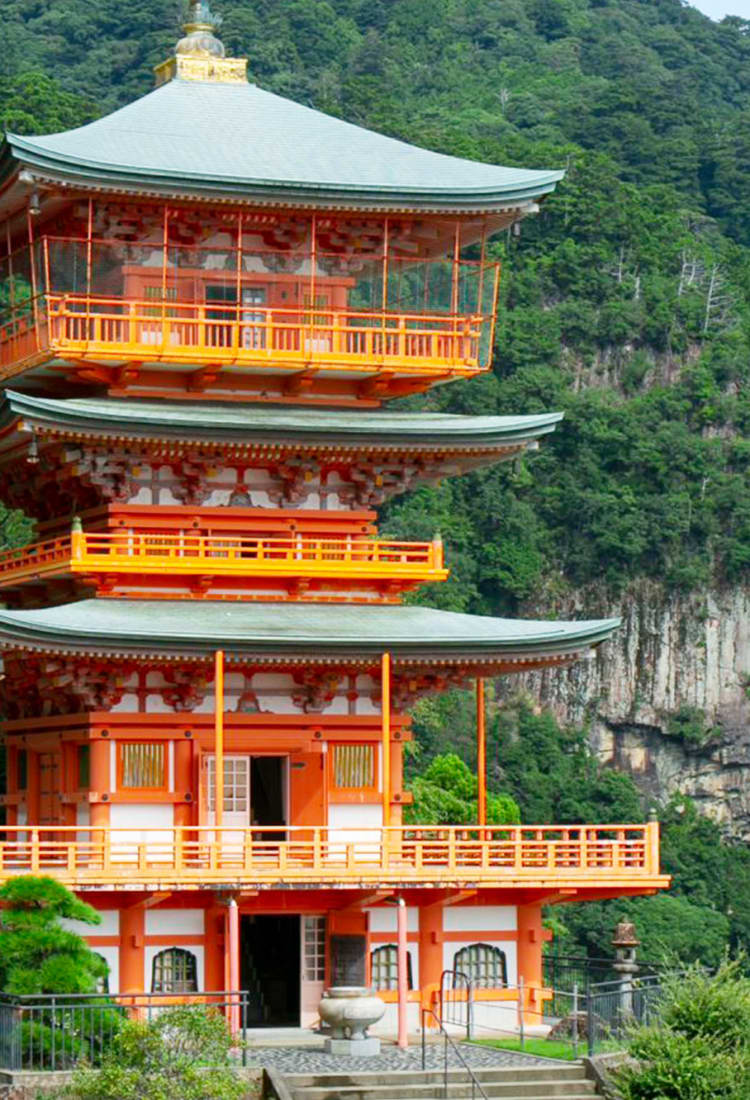
Kansai Wakayama Purifiez votre âme et votre corps dans le cœur spirituel du Japon
Wakayama attire les visiteurs vers les facettes naturelles et spirituelles du Japon grâce à l'ancien complexe de temples de Koyasan, la route de pèlerinage de Kumano Kodo, et un littoral pittoresque
Hors des sentiers battus, Wakayama propose de s'évader de la jungle urbaine. La préfecture abrite certains des sites les plus sacrés du Japon et de magnifiques plages et attire autant les pèlerins en quête d'illumination que les adorateurs de soleil et de plage. Des chemins de pèlerinage de Kumano Kodo, classés au patrimoine mondial de l'UNESCO, et du complexe de temples de Koyasan au sable blanc étincelant de la plage de Shirarahama, Wakayama est bénie par une nature généreuse. Facilement accessible depuis Osaka, la ville de Wakayama abrite un imposant château et propose une délicieuse version locale de ramen à sa façon.
Comment s'y rendre
Wakayama est accessible en train express depuis Kyoto, Osaka et Nagoya. Il existe des services de trains et de bus réguliers depuis Osaka et Nagoya, ainsi que des liaisons faciles pour rejoindre l'aéroport international du Kansai. Depuis Tokyo, vous pouvez rejoindre la région via Osaka ou Nagoya en train ou prendre l'avion jusqu'à l'aéroport Nanki-Shirahama de Wakayama en un peu plus d'une heure.
La plupart des visiteurs accèdent à la préfecture de Wakayama par la ville de Wakayama via le JR Kuroshio Limited Express depuis la gare de Shin-Osaka, un arrêt important des trains à grande vitesse. Pour visiter la côte sud-est de Wakayama en provenance de Mie ou de Nagoya, prenez le JR Nanki Express. Le trajet depuis Nagoya dure trois heures et demie et n'est pas entièrement couvert par le Japan Rail Pass. Si vous n'avez pas de pass ferroviaire, les bus express sont une alternative moins coûteuse que l'avion et le train. Ils partent de Tokyo, de Kyoto et d'autres grandes villes. Au départ de Tokyo, prévoyez un voyage de 12 heures.
À ne pas manquer
- L'atmosphère calme et spirituelle du complexe de temples ancien de Koyasan
- Le château de Wakayama, perché au sommet d'une montagne
- Monuments rocheux naturels et dentelés vus depuis les plages pittoresques de Kushimoto
- Suivez l'ancien chemin de pèlerinage de Kumano Kodo à travers des forêts denses et brumeuses
Attractions populaires à Wakayama
Spécialités locales
-
Laque de Kishu
Fabriqué à Kuroe, le shikki de Kishu est une laque reconnue pour sa simplicité, sa durabilité et sa fonctionnalité. La très populaire laque negoro-nuri consiste en un enduit vermillon dont à l'usage, la sous-couche de laque noire remonte à la surface. S'adaptant aux temps modernes, cette laque inclut aujourd'hui des versions en plastique.

-
Les coffres en paulownia de Kishu
Le bois de paulownia donne au tansu de Kishu sa teinte chaude unique. Chaque commode est fabriquée avec une précision sans faille et des détails précis, comprenant la menuiserie à rainure et languette, les clous en bois et le matériel personnalisé.

-
Le maguro de Wakayama
À Wakayama, on capture plus de "nama maguro" ou "thon jamais congelé" que partout ailleurs au Japon. Depuis des bols de riz de sashimi de thon indécents aux hamburgers de thon frits, les alternatives de dégustation de thon sont infinies à Wakayama. Il existe même un festival du thon à la fin du mois de janvier.

-
Umeboshi de Wakayama
Nulle part ailleurs qu'à Wakayama vous ne trouverez autant de prunes. Les ume marinées (abricotier du Japon) produites ici, appelées umeboshi, ont un goût acide et assez particulier. On les mange souvent accompagnées de riz blanc, et on en trouve même dans des hamburgers. Les umeboshi provenant des prunes nanko-ume sont très prisées.

-
Koyadofu
Souvent appelé koyadofu ou koridofu, cet aliment de base de la cuisine shojin-ryori est en fait du tofu préparé selon une méthode traditionnelle qui remonte à plusieurs siècles. Tout d'abord congelé pour éliminer l'eau en trop puis séché, il est souvent mijoté en bouillon et servi individuellement, décoré de rondelles de carottes. Ce tofu diffère du tofu ordinaire car il absorbe la saveur de tout ce avec quoi il est cuit. Essayez-le à Koyasan dans la préfecture de Wakayama ou partout ailleurs où la cuisine bouddhiste shojin-ryori est au menu.

-
Ramen de Wakayama
Les ramens de Wakayama se reconnaissent à leur épais bouillon de porc et de sauce soja, que l'on appelle aussi tonkotsu-joyu. Si vous souhaitez en commander comme un habitant du coin, demandez un « chuka soba ». (Photo: ©Wakayama City Tourist Association)

-
Le mikan de Wakayama
Les paysans de Wakayama cultivent le mikan depuis les années 1600. Ces agrumes ressemblant à des mandarines ont une couleur orange vif et sont très sucrés. De nombreux magasins de souvenirs locaux proposent du jus de mikan pressé frais, et même des liqueurs faites avec du mikan de Wakayama.

Points forts saisonniers
-
Printemps
Des températures douces et de faibles précipitations offrent des conditions idéales pour les treks sur le chemin de pèlerinage de Kumano Kodo. Rendez-vous au temple Kimii-dera pour observer les fleurs de cerisier les plus précoces de Wakayama et de la région du Kansai. La pleine floraison a lieu début avril.

-
Été
Les amateurs de plage affluent vers le littoral pittoresque et spectaculaire pour profiter du soleil lorsque la saison des plages bat son plein en juillet. Pendant le mois de juillet et la première quinzaine d’août, le ciel nocturne de Wakayama pétille de feux d’artifice.

-
Automne
Les feuilles d'érable rouges flamboyantes transforment les jardins du majestueux château de Wakayama à la mi-novembre. La ville de Shingu célèbre sa fête locale au début du mois d'octobre, au cours de laquelle les esprits divins sont transportés le long du fleuve Kumano.

-
Hiver
Réchauffez-vous dans les stations thermales historiques en montagne et le long de la côte. Savourez les mandarines mikan sucrées et juteuses de Wakayama pendant la saison entre octobre et décembre.

















